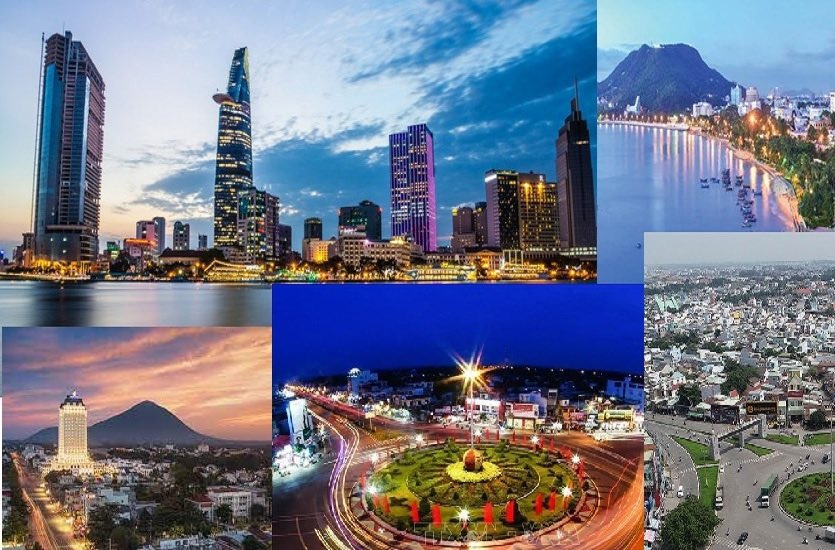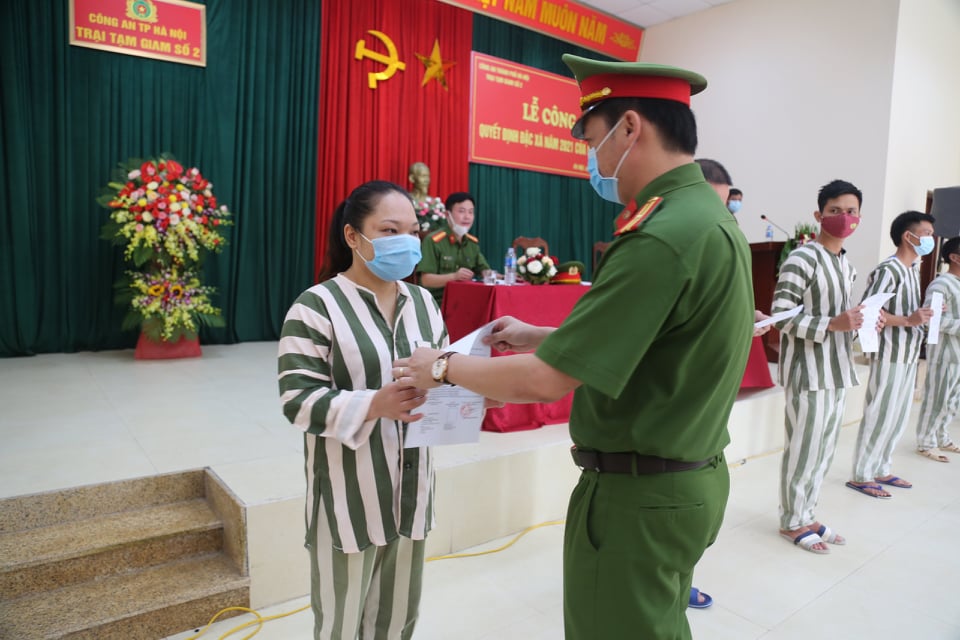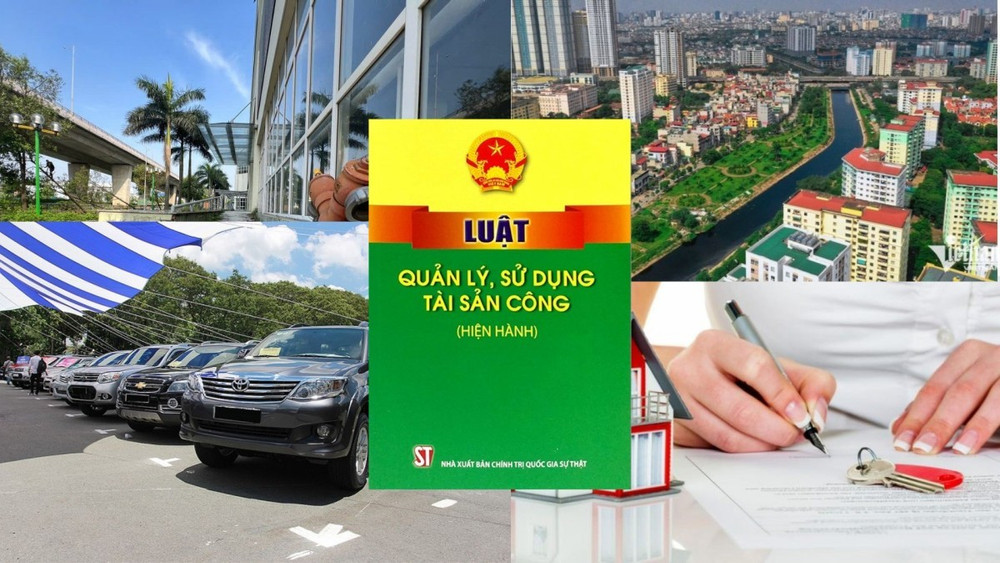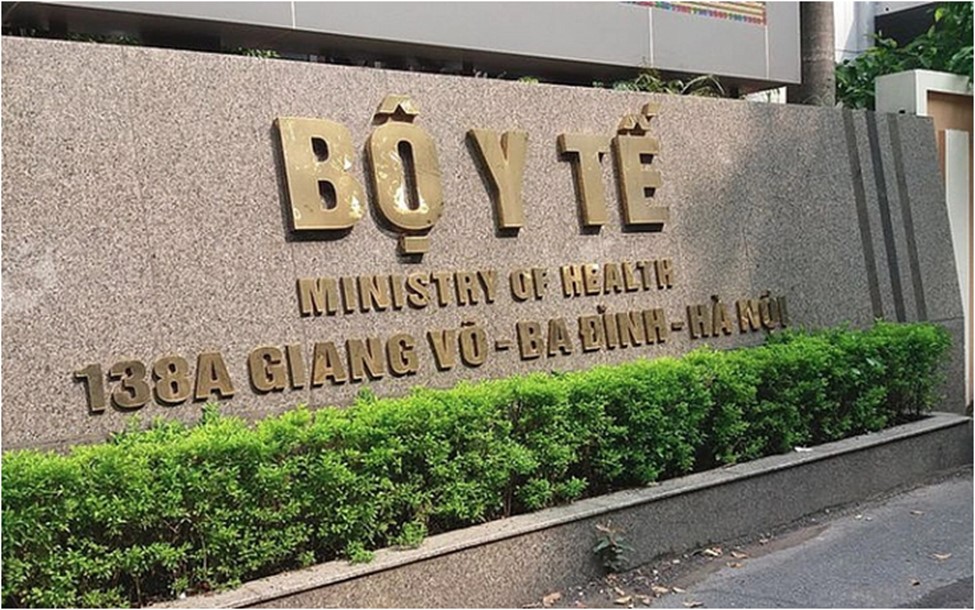Approval of Planning of the Southeast Region for the period 2021–30, with a vision to 2050 in Vietnam
What are the details of the Planning of the Southeast Region for the period 2021–30, with a vision to 2050 approved by the Prime Minister of Vietnam? - Thanh Nhan (Binh Phuoc)

Approval of Planning of the Southeast Region for the period 2021–30, with a vision to 2050 in Vietnam (Internet image)
On May 4, 2024, the Prime Minister of Vietnam issued Decision 370/QD-TTg approving the Planning of the Southeast Region for the period 2021–2030, with a vision to 2050.
Approval of Planning of the Southeast Region for the period 2021–30, with a vision to 2050 in Vietnam
The Prime Minister approved the Planning of the Southeast Region for the period 2021–2030, with a vision to 2050, including the following development objectives by 2030:
(1) General objectives
By 2030, the Southeast Region will become a civilized and modern region with developed industries, surpassing the threshold of high income, leading the country in terms of material and spiritual life; it will be the largest driving force for growth in the country, with dynamic and high growth rates; a center for science, technology, innovation, high-tech industries, logistics, and an international financial center with high competitiveness in the region. The region will take the lead in innovative growth models, digital transformation, and development in cultural, social, educational, training, healthcare, green economy, low-carbon emissions, and climate change adaptation. It will rapidly develop a system of green, smart, and modern urban areas. The region will essentially complete the internal and inter-regional transportation connectivity system, becoming a hub for regional and global trade and integration. The issues of environmental pollution, traffic congestion, and flooding will be fundamentally resolved. National defense, security, order, and social safety will be firmly ensured. Ho Chi Minh City will become a civilized, modern, dynamic, and innovative city, attracting talents, experts, and scientists to live and work, playing the role of the region's growth engine; it will be the forefront in digital economy, digital society, and the center for economy, finance, trade, culture, education, science, and technology of the whole country; an international financial center, attracting international financial institutions and major economic conglomerates from around the world; it will have a prominent position in the Southeast Asia region and develop on par with major cities in Asia.
(2) Specific objectives
- Regarding economic aspects:
+ Strive for an average annual GRDP growth rate of about 8–9% in the period 2021–2030, with Ho Chi Minh City growing at around 8.5–9% per year.
+ Achieve an average per capita GRDP at current prices of about 380–420 million VND, equivalent to 14,500–16,000 USD.
+ The service sector accounts for about 41–42% of the GRDP; the industrial and construction sector accounts for 45–46% (with processing and manufacturing industries accounting for about 33%); agriculture, forestry, and fisheries account for 2–3%; and product taxes excluding subsidies account for 10–11%.
+ Strive for a digital economy to account for about 35–40% of the GRDP.
+ Achieve an urbanization rate of about 70–75%.
+ All communes meet the criteria for new rural areas.
+ In the period 2021 - 2030, labor productivity growth rate reaches about 7%; the contribution of total factor productivity (TFP) to growth is about 56%.
- Regarding social aspects:
+ Achieve a Human Development Index (HDI) above 0.8.
+ The proportion of trained labor with certified qualifications reaches about 40–45%; the unemployment rate remains below 3%; the proportion of agricultural labor decreases to about 5% of the total workforce.
+ Strive for 35 hospital beds and 19 doctors per 10,000 people; achieve a health insurance coverage rate of over 95%.
+ Strive for 450 university students per 10,000 people; have 02–03 universities ranked among the top 500 universities in the world.
+ Improve the spiritual lives of the people, gradually narrow the gap in cultural enjoyment between urban and rural areas. Preserve, promote, and develop cultural works, revolutionary historical relics, and the culture of ethnic minority communities combined with tourism development.
- Regarding infrastructure development:
Complete the basic system of regional and inter-regional connectivity infrastructure, including about 850 km of expressways, inter-regional railways, urban railways, international transit gateway seaports, airports, inland waterways; develop energy infrastructure, information technology, major urban areas, irrigation infrastructure, environmental protection, disaster prevention and climate change adaptation.
- Regarding resource utilization and environmental protection:
+ Forest coverage rate reaches about 19.6%.
+ 100% of industrial parks, export processing zones, and industrial clusters have centralized wastewater treatment systems that meet environmental standards.
+ 95% of urban solid waste is collected and treated according to regulations; implement source separation of urban solid waste, combined with energy recovery, strive for a direct landfill rate of less than 10% of the total collected waste.
+ Over 50% of wastewater in urban areas of class II or higher and 20% in other urban areas is collected and treated to meet regulations and standards.
+ The rate of clean water use from the centralized water supply system in urban areas is 100%; the rate of clean water use according to standards in rural areas is 95%.
+ The rate of solid waste collection and treatment in rural areas according to regulations reaches 90%; the rate of hazardous waste collection, transportation, and treatment according to regulations reaches 98%.
- National defense and security objectives: maintain political security and social order and safety; firmly protect national sovereignty, especially in border, sea, and island areas; ensure close integration between economic and social development with national defense and security consolidation.
More details can be found in Decision 370/QD-TTg, which comes into force from May 4, 2024.
- Key word:
- Southeast Region
- Vietnam
- Number of deputy directors of departments in Vietnam in accordance with Decree 45/2025/ND-CP
- Cases ineligible for pardon in Vietnam in 2025
- Decree 50/2025 amending Decree 151/2017 on the management of public assets in Vietnam
- Circular 07/2025 amending Circular 02/2022 on the Law on Environmental Protection in Vietnam
- Adjustment to the organizational structure of the Ministry of Health of Vietnam: Certain agencies are no longer listed in the organizational structure
- Vietnam aims to welcome 22-23 million international tourists in Vietnam in 2025
-

- Number of deputy directors of departments in Vietnam ...
- 15:04, 05/03/2025
-

- Cases ineligible for pardon in Vietnam in 2025
- 14:43, 05/03/2025
-

- Decree 50/2025 amending Decree 151/2017 on the ...
- 12:00, 05/03/2025
-

- Circular 07/2025 amending Circular 02/2022 on ...
- 11:30, 05/03/2025
-

- Adjustment to the organizational structure of ...
- 10:34, 05/03/2025
-

- Notable new policies of Vietnam effective as of ...
- 16:26, 11/04/2025
-
.Medium.png)
- Notable documents of Vietnam in the previous week ...
- 16:21, 11/04/2025
-
.Medium.png)
- Notable documents of Vietnam in the previous week ...
- 16:11, 02/04/2025
-
.Medium.png)
- Notable new policies of Vietnam to be effective ...
- 16:04, 02/04/2025
-
.Medium.png)
- Notable new policies of Vietnam effective from ...
- 14:51, 21/03/2025

 Article table of contents
Article table of contents
